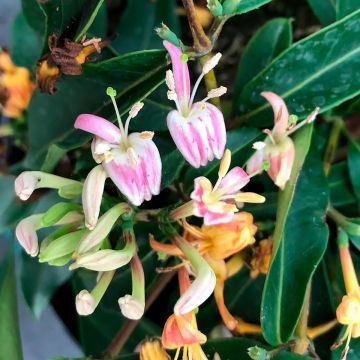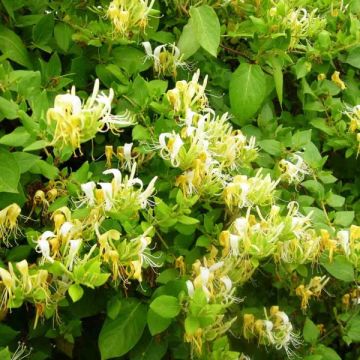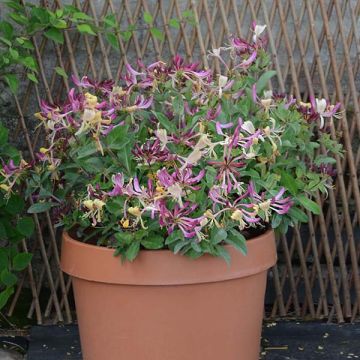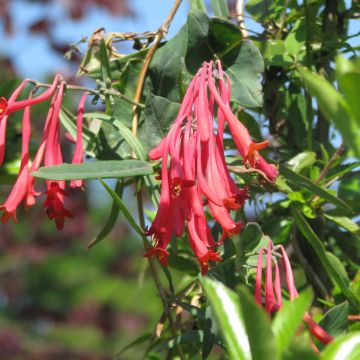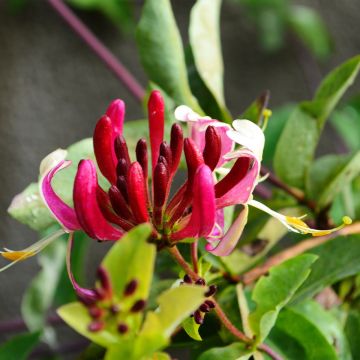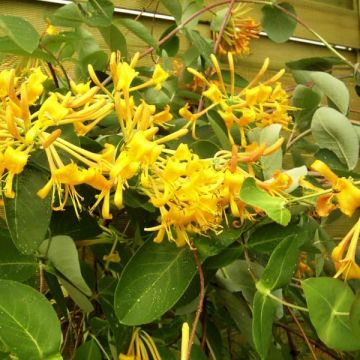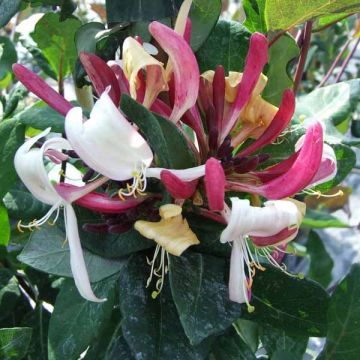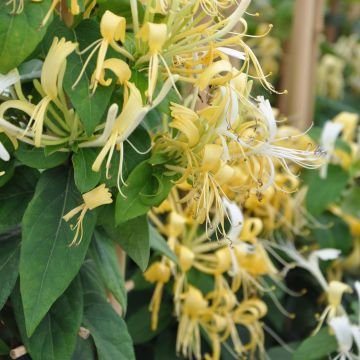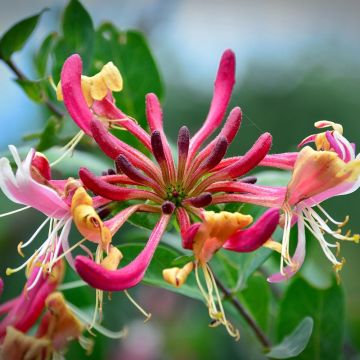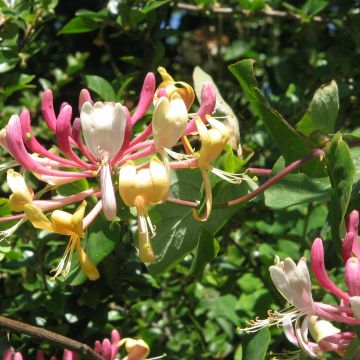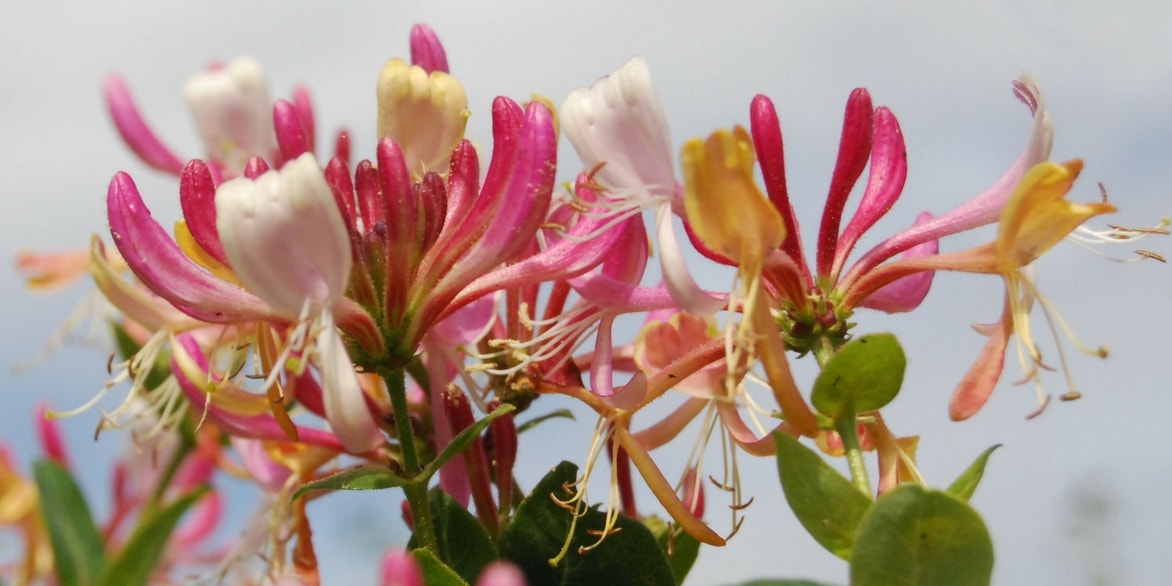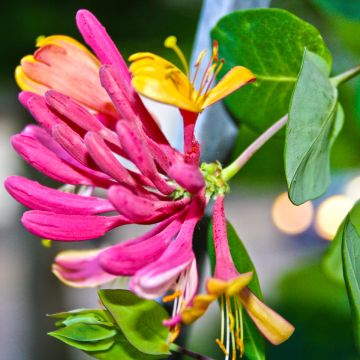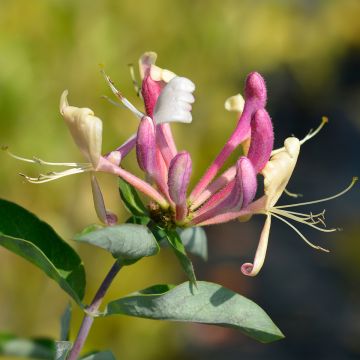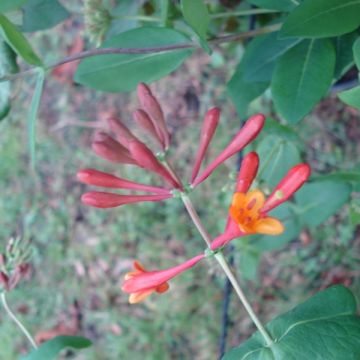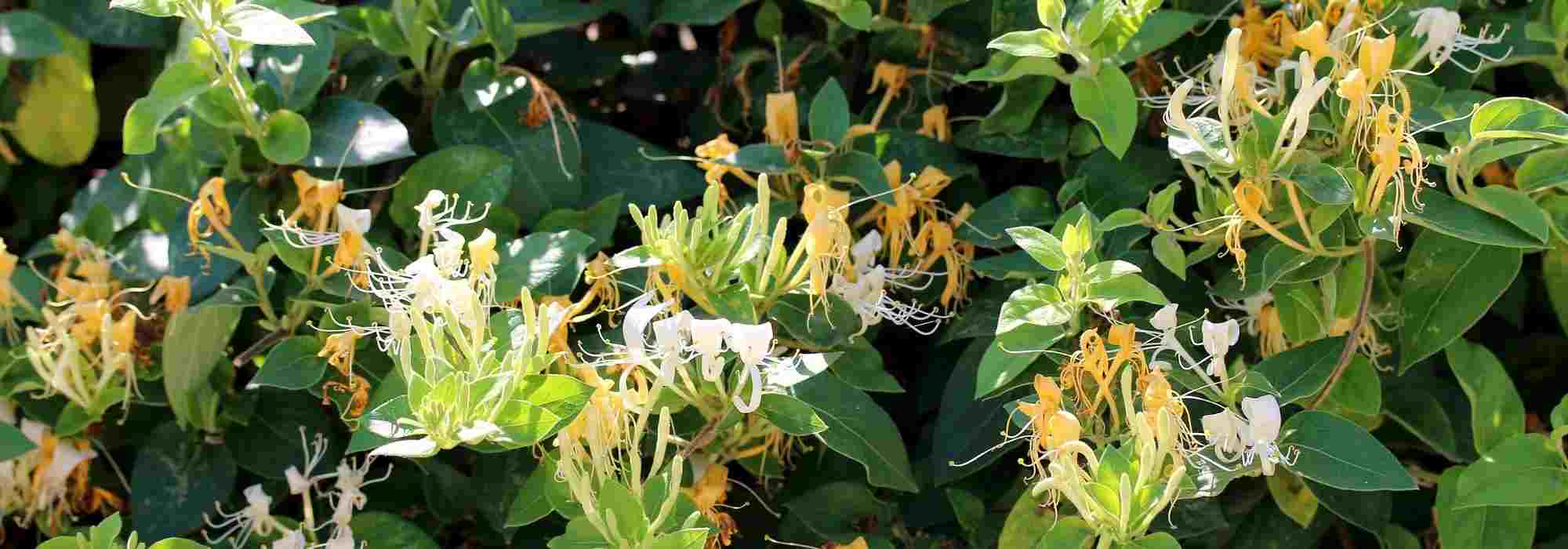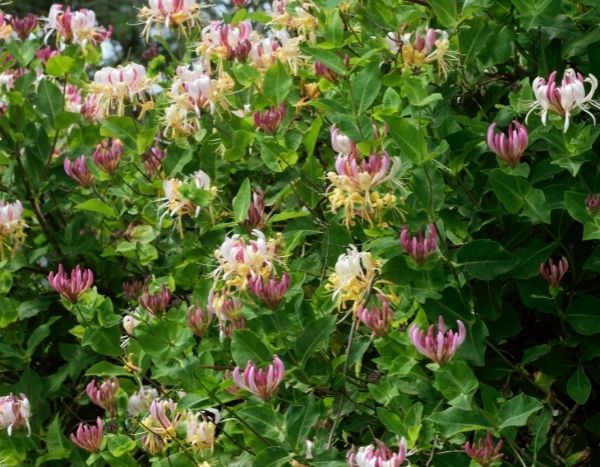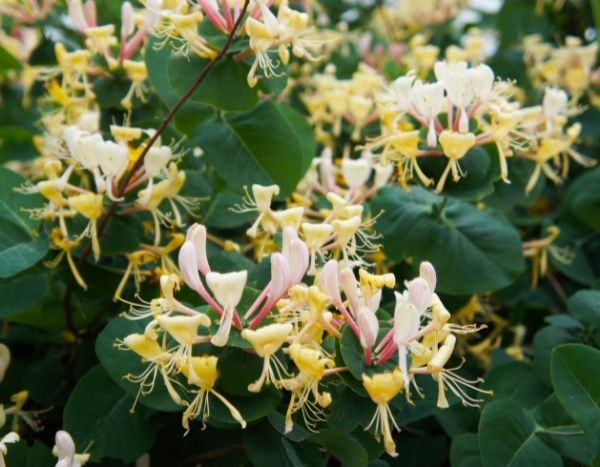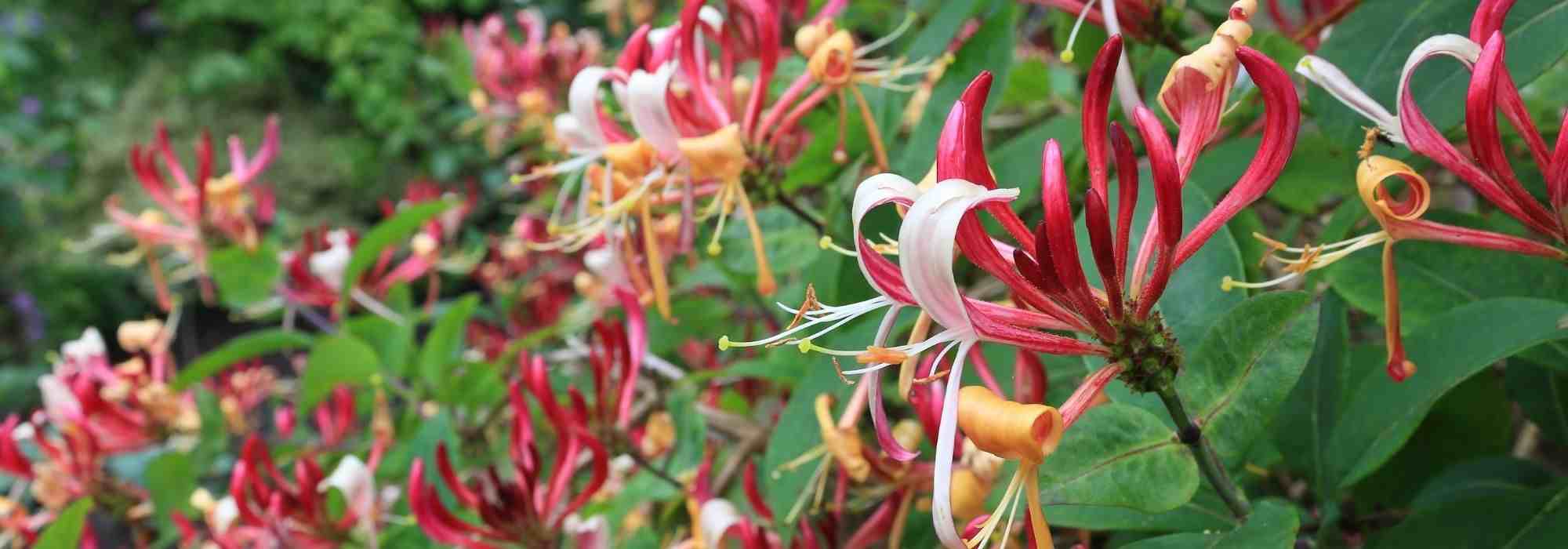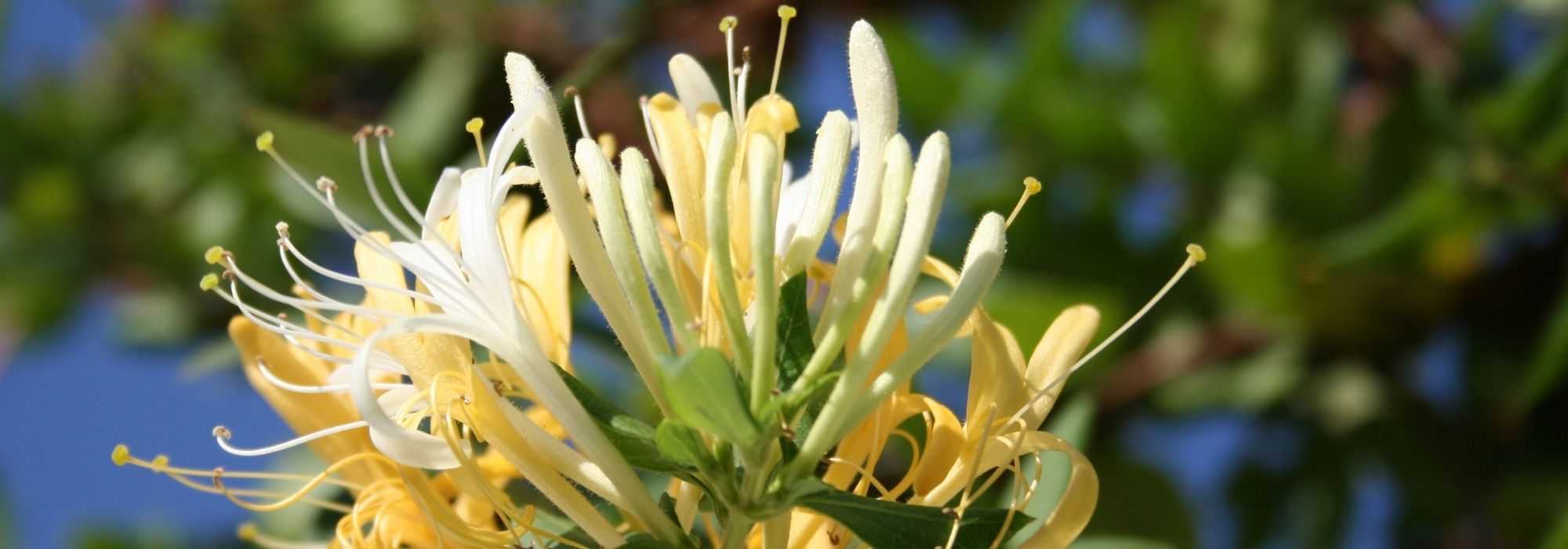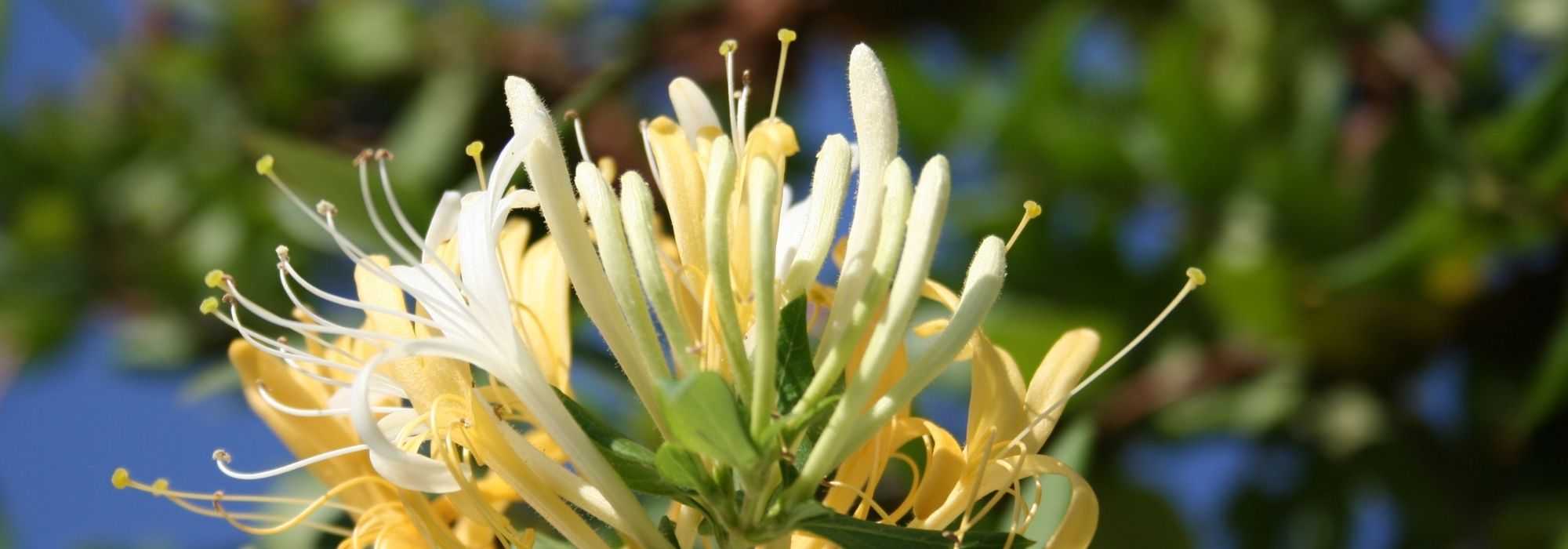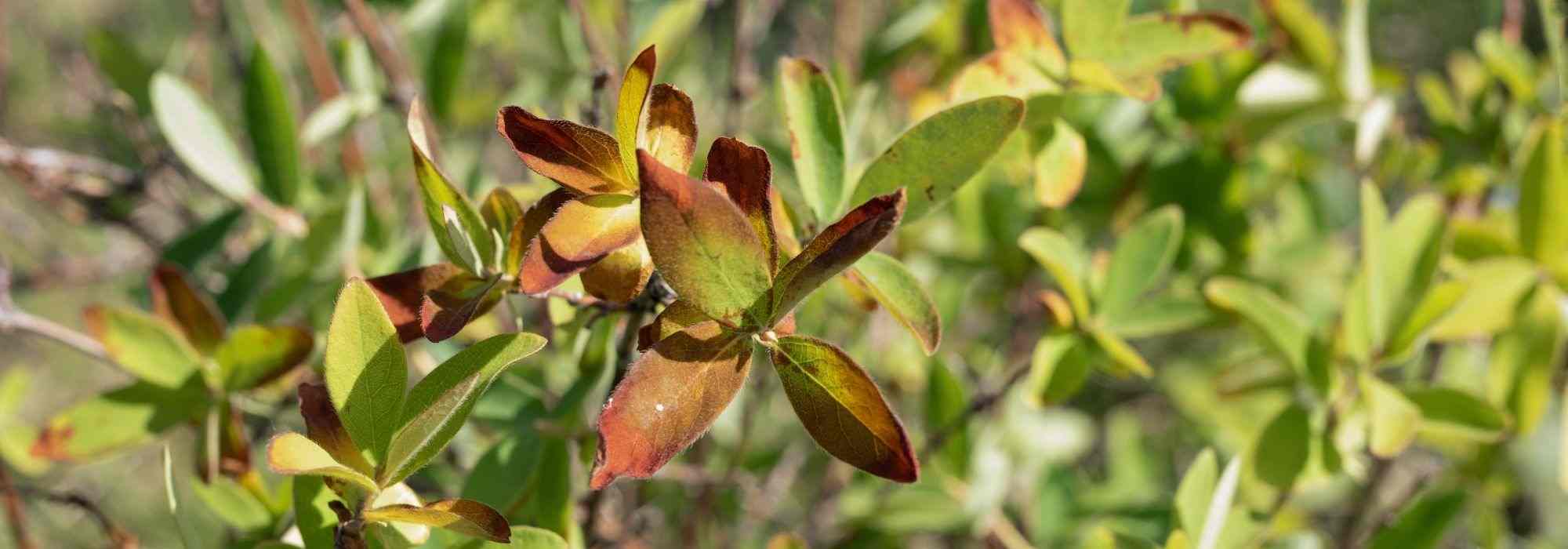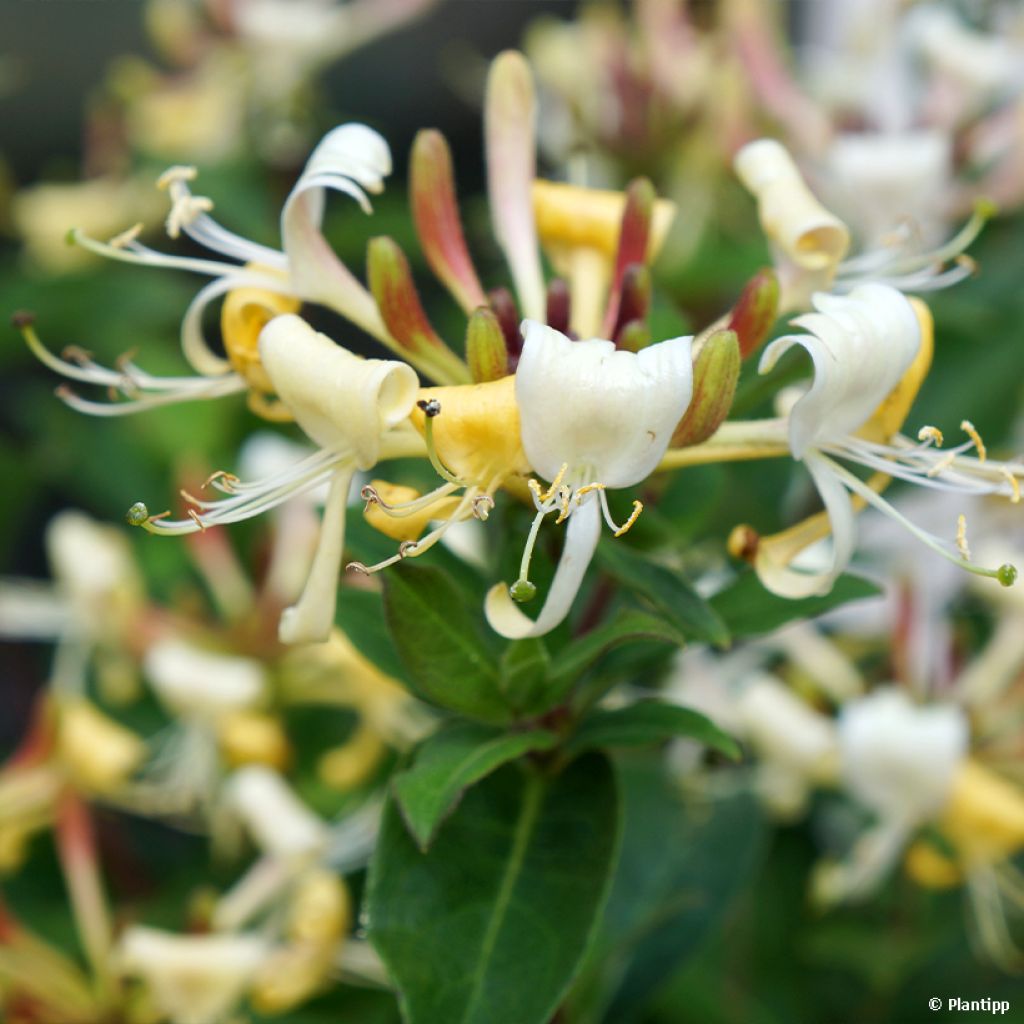

Chèvrefeuille hybride - Lonicera Blond & Beyond (Honey Baby)
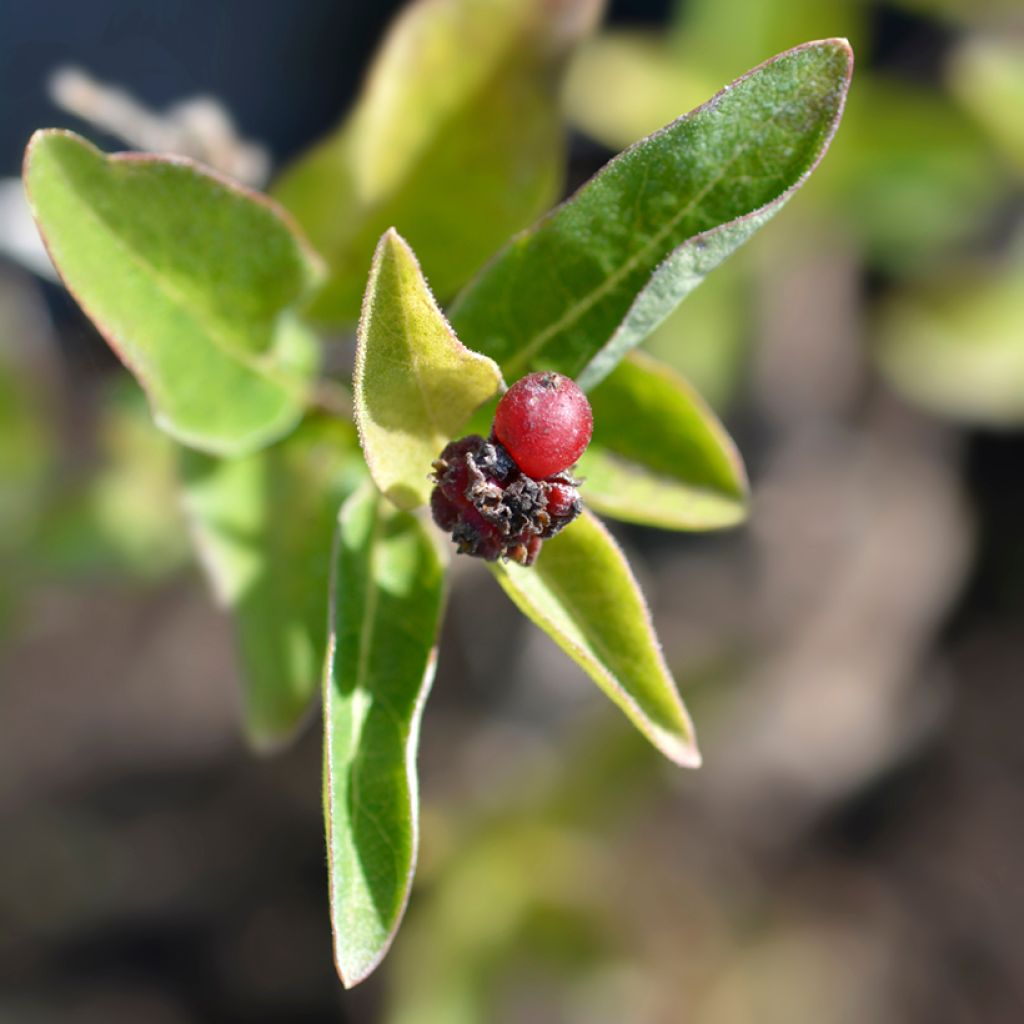

Lonicera Blond & Beyond
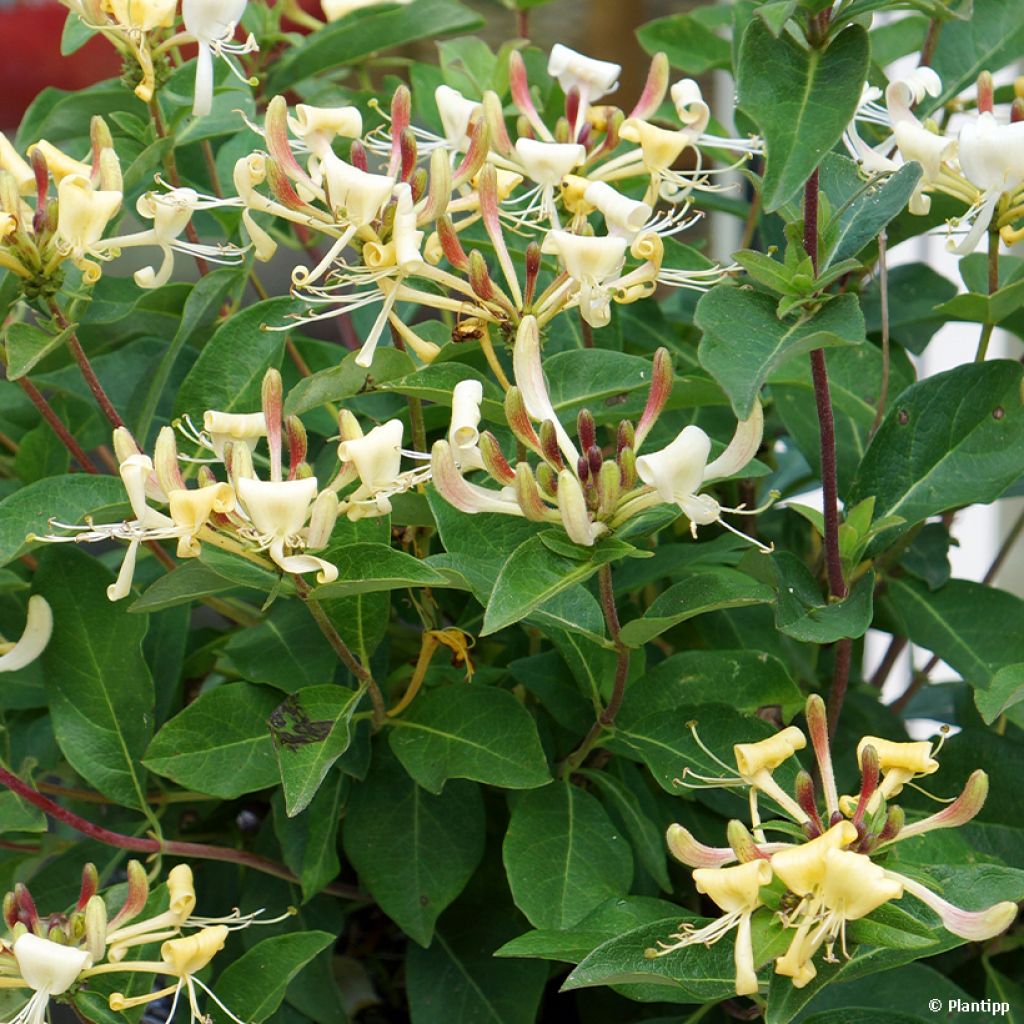

Chèvrefeuille hybride - Lonicera Blond & Beyond (Honey Baby)
Lonicera Blond & Beyond
Lonicera Blond & Beyond (Honey Baby)
Honeysuckle
Special offer!
Receive a €20 voucher for any order over €90 (excluding delivery costs, credit notes, and plastic-free options)!
1- Add your favorite plants to your cart.
2- Once you have reached €90, confirm your order (you can even choose the delivery date!).
3- As soon as your order is shipped, you will receive an email containing your voucher code, valid for 3 months (90 days).
Your voucher is unique and can only be used once, for any order with a minimum value of €20, excluding delivery costs.
Can be combined with other current offers, non-divisible and non-refundable.
Why not try an alternative variety in stock?
View all →This plant carries a 6 months recovery warranty
More information
We guarantee the quality of our plants for a full growing cycle, and will replace at our expense any plant that fails to recover under normal climatic and planting conditions.
Does this plant fit my garden?
Set up your Plantfit profile →
Description
Lonicera Blond & Beyond, sometimes marketed as 'Honey Baby', is a hybrid Honeysuckle of small dimensions, non-climbing, which quickly forms a small rounded and bushy shrub with semi-evergreen foliage. Its summer flowering is long, abundant, fragrant, delicately coloured in pale yellow, cream, and white tones. It is highly appreciated by bees. This plant is easy to integrate into a small garden and can be easily grown in a large pot on the terrace.
Lonicera Blond & Beyond is a hybrid of horticultural origin. All honeysuckles belong to the Caprifoliaceae family. Blond & Beyond is a variety with foliage that will be deciduous to semi-evergreen depending on the severity of the winter. The plant, with rapid growth, will reach approximately 55cm (21.7in) in all directions. The flowering, particularly generous, from June to September, takes place at the end of the young shoots, throughout the growth period. The very fine tubular flowers, 4cm (1.6in) long, pale yellow washed with red in buds, open into two lips that go from pale yellow to white. They are nectariferous, honey-producing, and fragrant. The young branches are purple in colour. The foliage is composed of thick, rounded leaves, 5cm (2in) in diameter, of a fairly light green.
Lonicera 'Honey Baby' deserves a place not far from the house, on a terrace, a balcony, in a patio, near an entrance, or along a path where its fragrant flowering will be highly appreciated. It will enhance a flower bed or the foreground of a flowering hedge, the edge of a grove... There is no shortage of ideas for associations: for example, it can be planted next to orange, white, or red groundcover roses, surrounded by colourful Heucheras or Nepetas. In a container, it will be highlighted on a carpet of Ivy-leaved Toadflax or Snow-in-Summer.
Lonicera Blond & Beyond in pictures
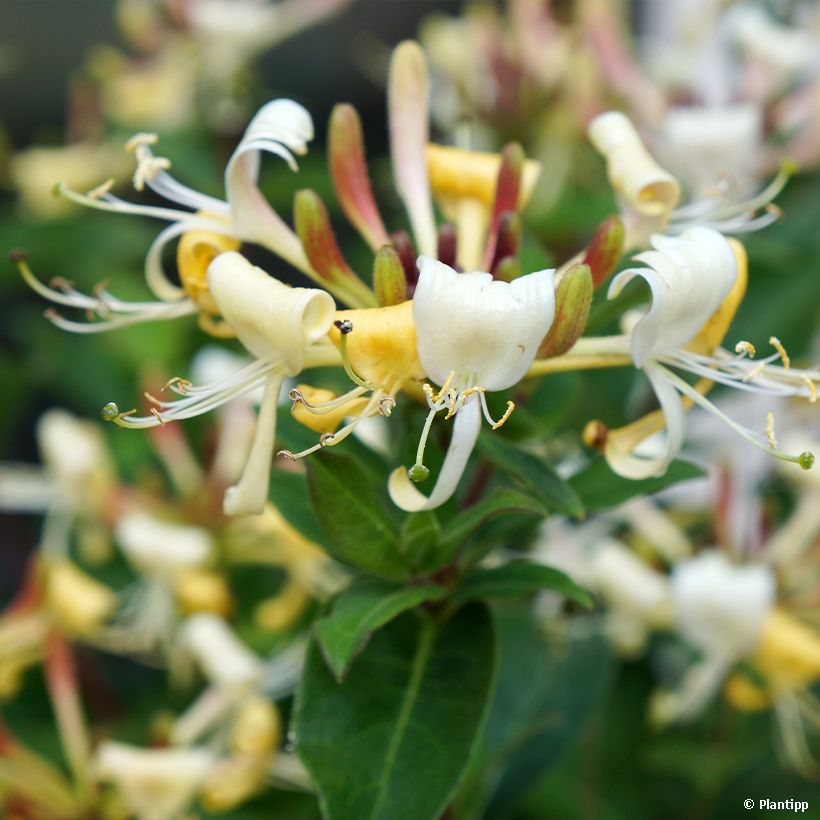

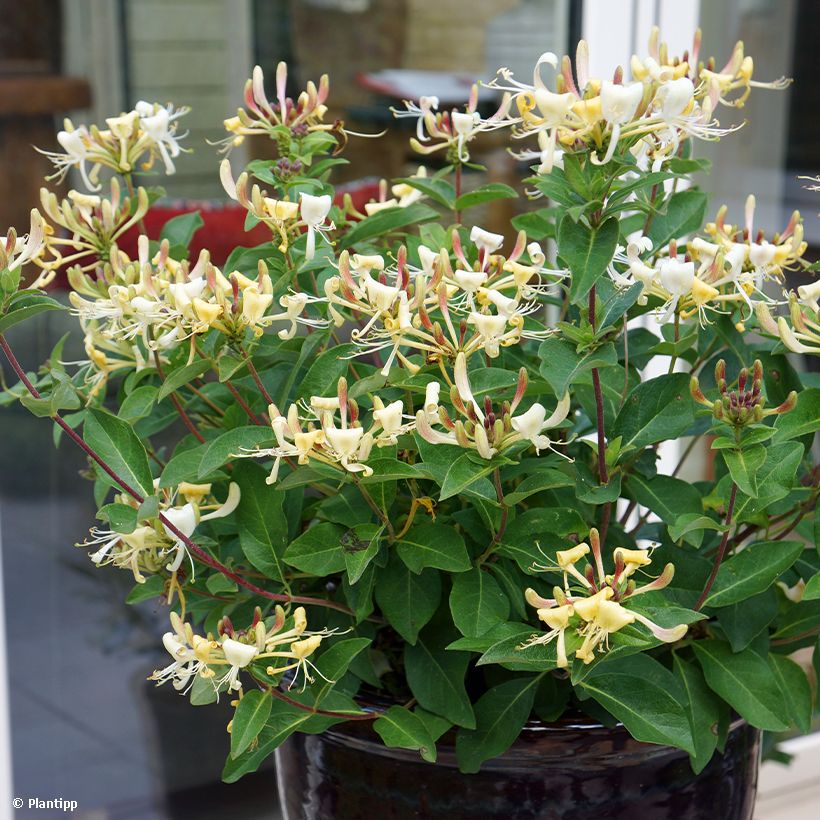

Plant habit
Flowering
Foliage
Botanical data
Lonicera
Blond & Beyond (Honey Baby)
Caprifoliaceae
Honeysuckle
Cultivar or hybrid
Other Honeysuckle
View all →Planting and care
This 'Honey Baby' honeysuckle thrives in any good deep garden soil, not too chalky on the surface, rich in compost, in a sunny or partially shaded position in a warm climate. Carry out a pruning each year at the beginning of spring. Once the plant is well established, prune the straggly stems after flowering and cut back to one third of the oldest stems. In early spring, apply a generous layer of mulch, 5 to 7cm (2 to 2.8in) thick: use compost or well-rotted manure around the stump.
Our advice: Plant it near your terrace to fully enjoy its intoxicating fragrance, which is stronger in the morning and evening. The enemies of honeysuckle are aphids, which can be eliminated with pyrethrin, as well as powdery mildew. To reduce the risk of disease, it is useful to ventilate the branches of the honeysuckle and place it in an open location. Preventive or curative treatments with Bordeaux mixture are effective.
Planting period
Intended location
Care
Planting & care advice
This item has not been reviewed yet - be the first to leave a review about it.
Haven't found what you were looking for?
Hardiness is the lowest winter temperature a plant can endure without suffering serious damage or even dying. However, hardiness is affected by location (a sheltered area, such as a patio), protection (winter cover) and soil type (hardiness is improved by well-drained soil).

Photo Sharing Terms & Conditions
In order to encourage gardeners to interact and share their experiences, Promesse de fleurs offers various media enabling content to be uploaded onto its Site - in particular via the ‘Photo sharing’ module.
The User agrees to refrain from:
- Posting any content that is illegal, prejudicial, insulting, racist, inciteful to hatred, revisionist, contrary to public decency, that infringes on privacy or on the privacy rights of third parties, in particular the publicity rights of persons and goods, intellectual property rights, or the right to privacy.
- Submitting content on behalf of a third party;
- Impersonate the identity of a third party and/or publish any personal information about a third party;
In general, the User undertakes to refrain from any unethical behaviour.
All Content (in particular text, comments, files, images, photos, videos, creative works, etc.), which may be subject to property or intellectual property rights, image or other private rights, shall remain the property of the User, subject to the limited rights granted by the terms of the licence granted by Promesse de fleurs as stated below. Users are at liberty to publish or not to publish such Content on the Site, notably via the ‘Photo Sharing’ facility, and accept that this Content shall be made public and freely accessible, notably on the Internet.
Users further acknowledge, undertake to have ,and guarantee that they hold all necessary rights and permissions to publish such material on the Site, in particular with regard to the legislation in force pertaining to any privacy, property, intellectual property, image, or contractual rights, or rights of any other nature. By publishing such Content on the Site, Users acknowledge accepting full liability as publishers of the Content within the meaning of the law, and grant Promesse de fleurs, free of charge, an inclusive, worldwide licence for the said Content for the entire duration of its publication, including all reproduction, representation, up/downloading, displaying, performing, transmission, and storage rights.
Users also grant permission for their name to be linked to the Content and accept that this link may not always be made available.
By engaging in posting material, Users consent to their Content becoming automatically accessible on the Internet, in particular on other sites and/or blogs and/or web pages of the Promesse de fleurs site, including in particular social pages and the Promesse de fleurs catalogue.
Users may secure the removal of entrusted content free of charge by issuing a simple request via our contact form.
The flowering period indicated on our website applies to countries and regions located in USDA zone 8 (France, the United Kingdom, Ireland, the Netherlands, etc.)
It will vary according to where you live:
- In zones 9 to 10 (Italy, Spain, Greece, etc.), flowering will occur about 2 to 4 weeks earlier.
- In zones 6 to 7 (Germany, Poland, Slovenia, and lower mountainous regions), flowering will be delayed by 2 to 3 weeks.
- In zone 5 (Central Europe, Scandinavia), blooming will be delayed by 3 to 5 weeks.
In temperate climates, pruning of spring-flowering shrubs (forsythia, spireas, etc.) should be done just after flowering.
Pruning of summer-flowering shrubs (Indian Lilac, Perovskia, etc.) can be done in winter or spring.
In cold regions as well as with frost-sensitive plants, avoid pruning too early when severe frosts may still occur.
The planting period indicated on our website applies to countries and regions located in USDA zone 8 (France, United Kingdom, Ireland, Netherlands).
It will vary according to where you live:
- In Mediterranean zones (Marseille, Madrid, Milan, etc.), autumn and winter are the best planting periods.
- In continental zones (Strasbourg, Munich, Vienna, etc.), delay planting by 2 to 3 weeks in spring and bring it forward by 2 to 4 weeks in autumn.
- In mountainous regions (the Alps, Pyrenees, Carpathians, etc.), it is best to plant in late spring (May-June) or late summer (August-September).
The harvesting period indicated on our website applies to countries and regions in USDA zone 8 (France, England, Ireland, the Netherlands).
In colder areas (Scandinavia, Poland, Austria...) fruit and vegetable harvests are likely to be delayed by 3-4 weeks.
In warmer areas (Italy, Spain, Greece, etc.), harvesting will probably take place earlier, depending on weather conditions.
The sowing periods indicated on our website apply to countries and regions within USDA Zone 8 (France, UK, Ireland, Netherlands).
In colder areas (Scandinavia, Poland, Austria...), delay any outdoor sowing by 3-4 weeks, or sow under glass.
In warmer climes (Italy, Spain, Greece, etc.), bring outdoor sowing forward by a few weeks.






























